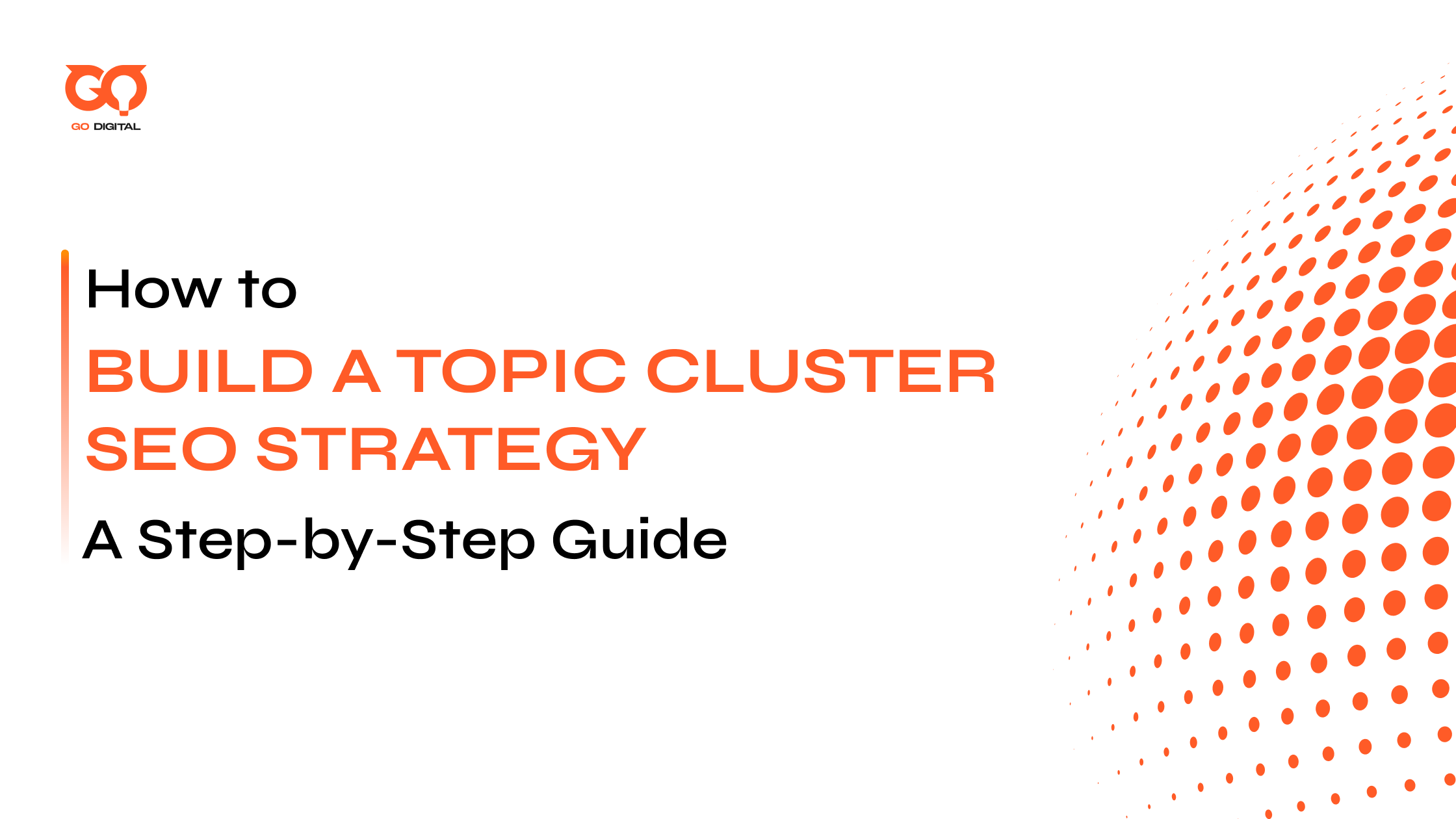I used to publish new blog posts every week, working hard but barely seeing any growth in organic traffic. Honestly, it was frustrating—like shouting into the void.
Turns out, just targeting random keywords with stand-alone articles wasn’t enough. Google and my readers couldn’t connect the dots or see me as an expert—they just saw a pile of disconnected posts.
Everything changed when I switched to a topic cluster SEO strategy. By grouping related articles around one main topic, my authority (and rankings) began to climb. In this guide, I’ll share exactly how I built my own topic clusters—so you can finally see the SEO results you’ve been chasing.
Key Takeaways
- Organize content into a hub-and-spoke model with a central pillar and related cluster pages.
- A complete cluster demonstrates your expertise and improves Semantic SEO Best Practices.
- Utilize two-way internal links to connect pillar and cluster content, effectively guiding both users and search engine crawlers.
- A successful strategy requires careful planning, from research to regular performance tracking.
What Is a Topic Cluster?
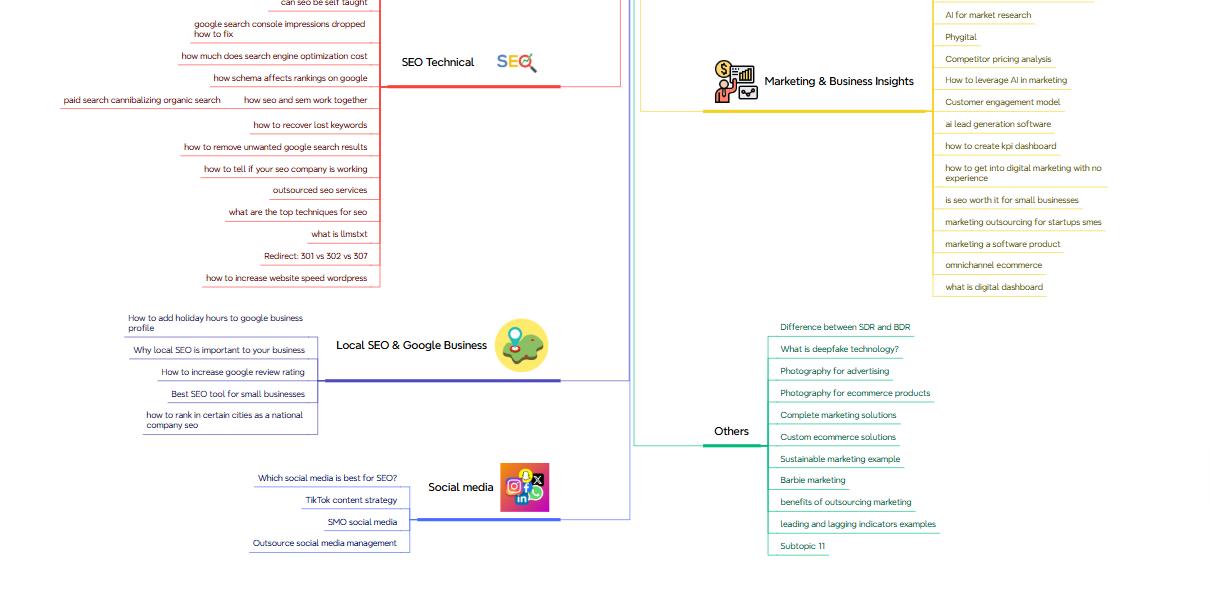
Overview of a topic cluster SEO strategy with pillar and cluster links
A topic cluster is a method of organizing your site’s content architecture. The model involves creating a central “hub” page (Pillar content) about a broad topic, which then links out to multiple “spoke” pages (Cluster content). Each spoke page explores a specific subtopic in greater detail.
Think of it as a wheel:
- The Hub (Pillar Page): This is a complete guide covering a broad subject, like “SaaS Marketing,” from a high-level perspective.
- The Spokes (Cluster Content): These are individual articles that dive deep into one specific part of the main topic, such as “Email Marketing for SaaS.”
- The Rim (Internal Links): Links are the glue. Each spoke page links back to the hub, and the hub links out to all its spokes.
Instead of having dozens of separate posts competing with each other, a topic cluster groups related ideas under a single pillar. This creates a much cleaner and more authoritative structure, which is the foundation of an effective topic cluster SEO strategy.
Why Topic Clusters Matter for SEO
Why do topic clusters actually matter for your SEO? I’ll be honest: I used to think just publishing more articles would do the trick. Nope. My rankings flatlined—until I reorganized everything into clusters.
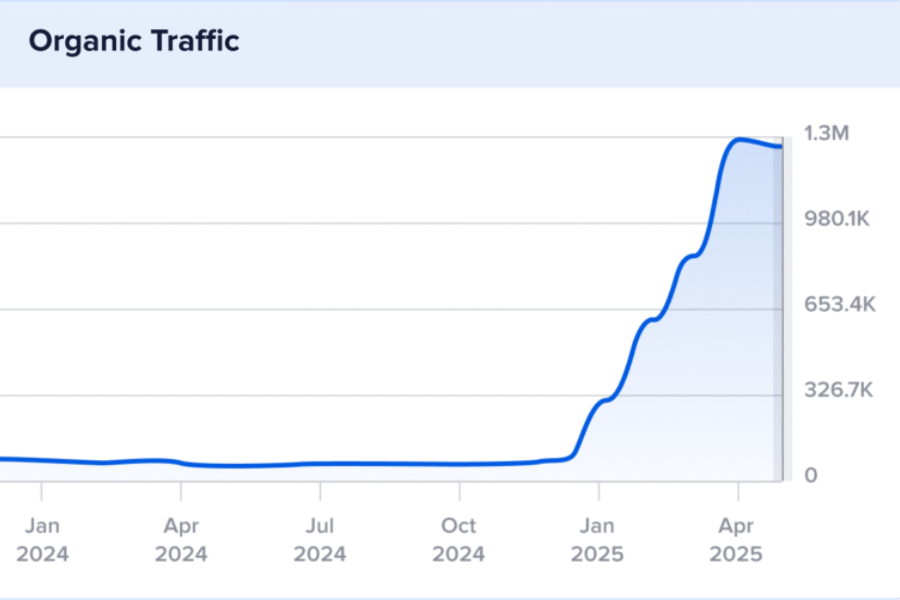
A graph showing increased organic traffic after implementing topic clusters
Suddenly, Google started treating my site like an authority. It wasn’t magic—it was just a result of showing I’d covered my niche from A to Z. Here’s what changed for me (and what can change for you):
-
Your Authority Levels Up: When you group related content, Google sees you as a real expert, not just someone tossing out random blog posts. This helps all your posts rank higher, not just the “main” one.
-
Better for Semantic SEO & E-E-A-T: Clusters show you have deep knowledge, experience, and trustworthiness—not just surface-level content.
-
Easier for Google to Crawl: That tight internal linking? It’s like drawing a bright map for search engines, helping them find and index everything quickly.
-
No More Keyword Overlap: Before clusters, I didn’t even realize I’d repeated the same keyword across five different articles! Clusters keep your content focused, so you don’t compete with yourself.
-
Your Users Stay Longer: Readers love when they can jump from the big picture down to specific answers in one click. My bounce rate dropped, and folks started exploring more pages.
Don’t just take my word for it—look at HubSpot. After they shifted to a topic cluster strategy, their organic traffic shot up by 40% in six months. If it worked for them (and for me), it’ll work for you too.
Core Components of a Topic Cluster
Let’s break down what really makes a topic cluster work. Honestly, once I understood these three building blocks, everything else just clicked.
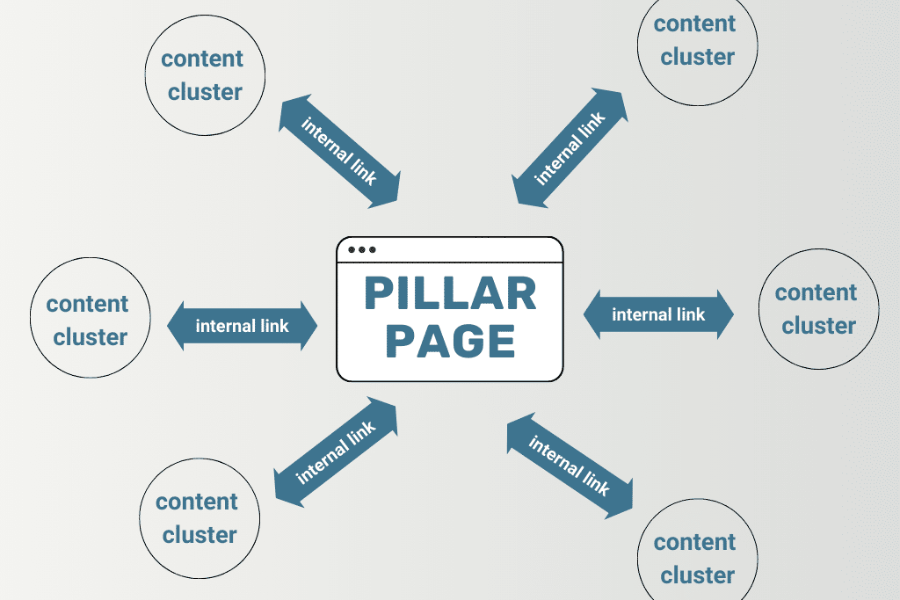
Checklist of topic cluster components: pillar page, cluster pages, and internal links
-
Pillar Page: Think of this as your “main event”—it’s the big, in-depth guide that covers your central topic from every angle. When I first created mine (on SaaS marketing), I made sure it was the most valuable resource I could offer—something I’d be proud to send to anyone.
-
Cluster Content: These are the supporting articles—the “spokes”—each one zooming in on a specific question or subtopic. For me, that meant writing separate deep dives like “Email Marketing for SaaS” or “CRM Selection Tips.” Each one is focused and helpful on its own, but together, they make my whole site stronger.
-
Internal Links: This is the glue that holds it all together! Every cluster article links back to the pillar page, and the pillar links out to each cluster page. It’s a two-way street—helpful for both readers and search engines. Once I tightened up my internal links, I saw users staying longer and SEO results picking up fast.
Step-by-Step Guide: Building a Topic Cluster Strategy
Building a topic cluster requires a strategic approach. Follow these steps to create an organized and effective content ecosystem.
Step 1: Audit Existing Content
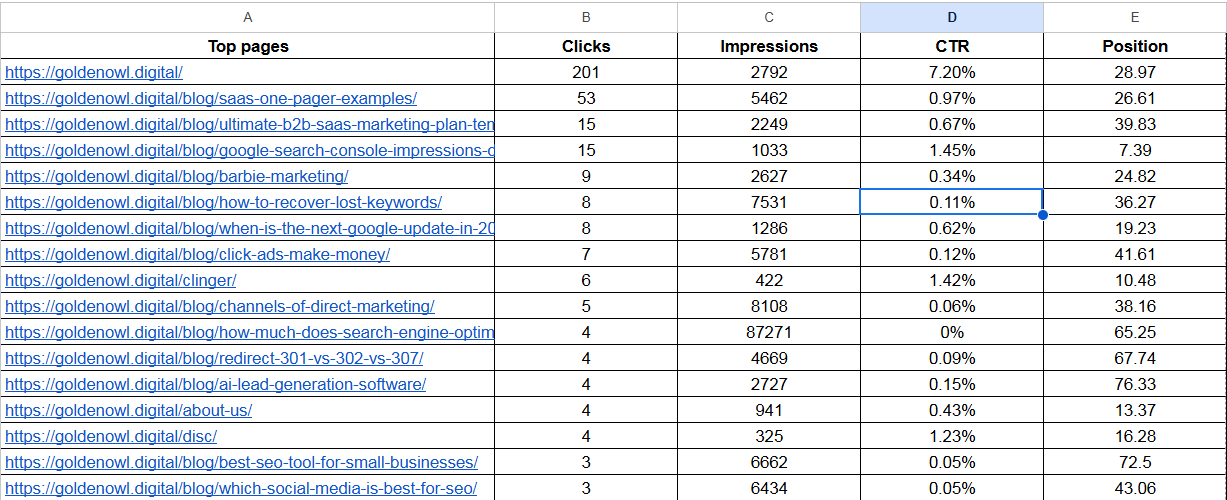
Spreadsheet listing content inventory with performance metrics
Before creating anything new, you need to know what you already have. Start by making a complete inventory of existing content, like blog posts, landing pages, and guides.
Group this content by topic to identify strong pages that could become pillars, weak pages that need updates, and any content gaps or overlaps.
Step 2: Select the Pillar Topic
The next step is to choose the broad pillar topic for your first cluster. A good pillar topic is broad enough to be an umbrella for many subtopics, but not so broad that it’s impossible to cover.
Conduct keyword and competitor research to find topics that are relevant to your audience and have sufficient search volume. For example, a strong SEO strategy for SaaS often starts with pillar topics like “Customer Success” or “Inbound Marketing.”
Step 3: Identify and Group Cluster Topics/Subtopics
Once you’ve chosen the main topic, create subtopics for your group content. Think of all the questions your readers might have that relate to your main topic.
Use tools like Google’s “People Also Ask” to find relevant questions and long-tail keywords. This process, known as Keyword Clustering for SEO, helps you group ideas into logical subtopics for future articles.
Step 4: Keyword Research & Content Mapping

Map each cluster topic to a keyword group with clear intent
Now, assign specific primary and secondary keywords to each piece of content in your cluster (both the pillar and the individual articles). Define the search intent for each page: is it informational, transactional, commercial, or navigational?
This map ensures each page has a clear purpose. It helps you address content gaps and avoid creating redundant pages that target the same keywords and intent. For a specialized field, this is a key part of an effective B2B SaaS SEO plan.
Step 5: Create & Optimize Pillar and Cluster Content
Now it’s time to write. Develop the pillar page first, making it a comprehensive and authoritative resource. Good Pillar Page Optimization involves using clear headings, images, and links to your cluster pages.
Next, write the supporting cluster articles, ensuring each one dives deep into its specific subtopic and links back to the main pillar. This approach is a cornerstone of any good B2B content marketing strategy.
Step 6: Build Internal Links and Silo Structure
A cluster is not complete without proper internal linking. Create a two-way linking system:
- Each cluster page links up to the pillar page.
- The pillar page links down to each relevant cluster page.
These links create strong Content Siloing Techniques, grouping related content. You can also link between related cluster pages (sibling pages) where it makes sense and adds value for the reader. This strong internal linking is fundamental to a good SEO strategy for SaaS.
Step 7: Monitor, Optimize & Update Regularly
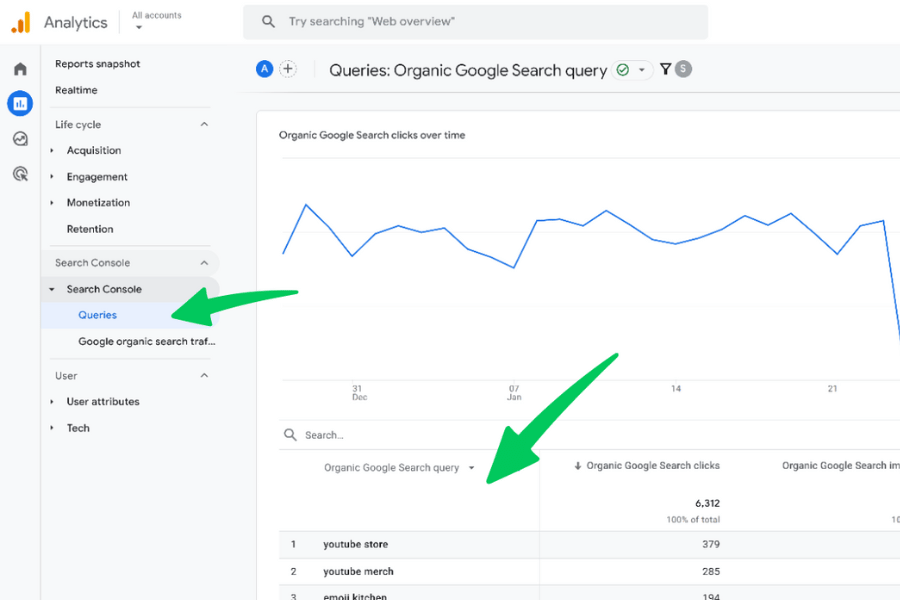
Use Google Analytics dashboard to track organic traffic and keyword rankings
Regularly track the performance of your topic clusters. Track key metrics like organic traffic, keyword rankings for both pillar and cluster pages, and user behavior metrics like time on page.
Use tools like Google Analytics and Google Search Console to find new keyword opportunities, identify content that needs an update, and prune outdated pages. As your business and search trends evolve, you can expand your clusters with new content, like a SaaS inbound marketing guide for a marketing-focused cluster.
Practical Examples & Case Studies
Theory is helpful, but a real-world example makes it clear. HubSpot is the classic case study for mastering the topic cluster SEO strategy. Their pillar page on “CRM” is a massive guide covering the topic from a high level.
From there, it links to dozens of cluster pages on specific subtopics like “What is a CRM database?” and “Best CRM software.” Each of these detailed articles links back to the main “CRM” pillar, signaling to Google that HubSpot is an authority on the subject.
Common Mistakes to Avoid When Building A Topic Cluster

Weak or illogical internal links are common mistakes when building a topic cluster
While effective, some common pitfalls can undermine your topic cluster efforts. Be sure to avoid these mistakes when executing your topic cluster SEO strategy:
- Pillar topics that are too broad or too narrow: Find a sweet spot that is relevant to your business and has enough depth for cluster content.
- Weak or illogical internal linking: Links should be contextual and placed naturally within the content where they genuinely help the reader.
- Thin or duplicated cluster content: Each cluster page must offer unique, substantial value. Avoid creating pages that are just slight variations of each other.
- Focusing on links over user value: The primary goal is to help users. A technically perfect structure is useless if the content itself isn’t valuable.
- Cluster cannibalization: This happens when your cluster articles are too similar and compete for the same keywords. A proper content map prevents this.
Tools & Resources For Topic Cluster
Several tools can help you plan, build, and monitor your clusters. Using them effectively is a key part of any successful topic cluster SEO strategy.
| Tool Name | When to Use It |
| Ahrefs / Semrush | For keyword research, competitor analysis, and rank tracking. |
| Google Keyword Planner | A free tool to find new keyword ideas and search volumes. |
| AnswerThePublic | For brainstorming question-based ideas for cluster topics. |
| Google Search Console | For monitoring performance, index status, and new keywords. |
| Google Analytics | For analyzing user behavior, like time on page and bounce rate. |
FAQ: Topic Clusters in Real-World SEO
Do small websites need topic clusters?
Yes. For small websites, a topic cluster SEO strategy is even more important because it focuses limited resources on building authority in a specific niche.
How frequently should you review or update clusters?
Review your main clusters quarterly to check for broken links and outdated information. A full content audit can be done annually.
Can you rank with just a pillar page?
It’s possible for low-competition topics, but a pillar page supported by cluster articles will almost always perform better and rank for more keywords.
Can AI tools fully automate topic cluster creation?
No. AI is excellent for brainstorming and drafting, but it lacks human strategic oversight. Human strategy is essential for ensuring quality and a logical structure. Want to know more? Check our article How To Use ChatGPT For SEO Workflows
Is it ever too late to restructure into clusters?
No, it’s never too late. You can start today by auditing existing content and gradually updating and reorganizing old posts to fit the cluster model.
Conclusion
Switching to a topic cluster model is a big step for your SEO. A well-executed topic cluster SEO strategy aligns your content with user intent, builds lasting authority, and creates a better experience for your audience. It is a long-term approach that delivers sustainable growth.
At Golden Owl Digital, we help businesses build powerful content strategies that drive results. By focusing on creating value and a solid structure, you can turn your website into a trusted resource and a leader in your industry.

Jaden is an SEO Specialist at Golden Owl Digital. He helps brands rank higher with technical SEO and content that resonates

